Horse Riding Gear for Beginners: What You Need
Horse riding attracts over 30 million equestrians worldwide, and newcomers keep joining to seek adventure in the saddle. Beginners often feel overwhelmed when choosing their first riding gear.
Safety remains the main priority when selecting riding equipment. Properly fitted gear prevents injuries, from helmets to riding boots with appropriate heels. Many riding schools provide simple equipment like hats for your first lesson. You should invest in your kit if you plan to ride often.
This detailed guide explains what you need to start your riding experience safely and comfortably. It helps you distinguish between essential gear and optional extras.
Essential Safety Gear: Your First Horse Riding Purchases
Starting your first riding lesson can feel scary, but the right safety gear will boost your confidence before you get on the horse. Safety equipment is your first line of defence against injuries and should be your top investment as a beginner rider.
Riding helmets: Finding the perfect fit
A properly fitted riding helmet is your most important purchase. Helmets made specifically for horse riding can reduce the risk of fatal head injuries by 70-80%. These helmets are different from cycling or motorcycle ones because they protect against unique falls from horseback.
Your helmet needs international safety certifications. Here are the three main standards to look for:
- PAS 015:2011 with BSI Kitemark
- VG1 01.040 2014-12 with BSI Kitemark
- ASTM F1163:2023 with SEI Kitemark
Experts suggest choosing a helmet that meets multiple standards because each one tests different accident scenarios. Some riding disciplines also have specific helmet requirements for competitions.
Getting the right fit is vital—a new helmet should give firm, even pressure around your head without any painful spots. The helmet shouldn’t move forwards, backwards or sideways, as any movement reduces protection. You should visit a specialist retailer with a qualified hat fitter instead of buying online.
A helmet needs replacement every 5 years maximum, right after any impact, or if it doesn’t fit properly anymore. Never buy a used helmet because hidden damage could make it unsafe.
Body protectors: When and why you need one
Body protectors help absorb shock from falls, kicks or getting caught under a horse’s hooves. While not required for simple lessons, they’re worth having, especially when you’re nervous or plan to jump.
You must wear these protective vests for:
- Eventing at any level
- Training over fixed fences
- Cross-country riding in Pony Club
- Workers classes under BSPS rules
Look for BETA level 3 (2018)—the blue label—which shows the highest standard of protection. The older purple label (2009) standard isn’t accepted by most organisations since late 2023.
Body protectors need professional fitting just like helmets. Regular clothing sizes won’t work for proper sizing. A well-fitted protector should feel snug but let you breathe and move freely.
These protectors last 3-5 years before needing replacement as their impact absorption gets weaker. Check for dents after falls—even if foam bounces back within 30 minutes, a dent means less protection.
Proper footwear: The importance of heels and grip
Good riding boots do more than protect—they help you communicate with your horse and keep your feet properly positioned. Your boots need a small heel (at least ½ inch high) to keep your foot from slipping through the stirrup if you fall.
Riding boots also need a smooth through sole that grips well. The sole should be unbroken from heel to toe to avoid catching on stirrups. Don’t use wellies, trainers, or yard boots with deep treads as they might get stuck in stirrups.
Short paddock or jodhpur boots make great starter footwear. These ancle-high boots give good support, flex easily, and cost less than tall boots. You can add half chaps later to get the same protection as long boots.
Quality boots help you balance better and control your horse through stirrup grip. They also let you send subtle signals to your horse through heel pressure and leg movements—key tools for effective riding.
Safety should come before style or cost. Each piece of equipment plays a key role in keeping you safe while riding.
Basic Horse Riding Attire for Your First Lessons
The right clothing should be your next priority after you get your safety gear sorted. Good horse riding attire will give a better range of movement in the saddle and help you stay connected with your horse.
Comfortable riding trousers: Breeches vs. jodhpurs vs. riding tights
Riding-specific trousers come with features you won’t find in regular pants:
- No inner leg seams to prevent rubbing
- Stretchy fabrics that let you move freely
- Extra strength at pressure points
- Snug fit that stops fabric from bunching up
Breeches stop mid-calf and work best with long riding boots. They come with elastic ankles or Velcro to keep them in place. Competition riders prefer breeches because they look more formal.
Jodhpurs run down to your ankles and pair well with short jodhpur or paddock boots. Kids love them since they protect the lower leg better. The extra material around the ancle means they don’t work well with long boots.
Riding tights are the newest option in equestrian wear. These tights feel just like gym leggings – thin and super stretchy – and let you feel closer to your horse. They often have silicone grips, phone pockets and fabric that keeps you dry. All the same, they’re too casual to wear in formal competitions.
Beginners usually find riding tights or jodhpurs more available and budget-friendly, but any of these options work well for your first lessons.
Upper body clothing: What works and what doesn’t
Your upper body needs clothes that fit close and won’t catch on equipment as you get on and off your horse. Loose clothes can be risky if they snag at the wrong moment.
The best choices are:
- Athletic shirts that fit well
- Technical tops that keep you dry
- Stretchy polo shirts
- Snug-fitting base layers
Modern equestrian brands now make technical riding tops that protect from UV rays, breathe well, and adapt to temperature changes. These fabrics keep you dry during workouts and warm when it’s cool.
Serious riders should skip cotton t-shirts. They soak up sweat and stay wet, which might cause rubbing or make you uncomfortable on longer rides.
Weather-appropriate layers for year-round riding
Horses need care no matter the weather, so good riders use layers they can adjust as conditions change.
This three-layer system works great:
- Base layer – Sits next to your skin and pulls sweat away
- Mid-layer – Keeps you warm
- Outer layer – Shields you from wind, rain and snow
Summer calls for light, breathable tops with UV protection paired with regular riding pants. Spring and fall might need a light fleece or riding vest that won’t limit your movement.
Winter requires more thought. Start with thermal base layers (merino wool works great), add an insulating middle layer, and top it off with a waterproof jacket that still breathes. Some riders like heated vests for really cold days.
The key across all seasons? Pick clothes that move with you, keep your temperature right, and let you focus on riding instead of feeling uncomfortable.
Moving Beyond Basics: Gear for Regular Riders
Your journey from taking occasional lessons to becoming a regular rider means you’ll need more specialised equipment to stay comfortable and perform better. Better gear will boost your riding experience once you’ve learned the simple stuff.
Riding gloves: Protecting your hands while improving grip
Riding gloves do much more than just look good. They stop painful blisters and callouses that show up between your little and ring fingers where the reins sit. Quality riding gloves also give you a better grip on the reins no matter the weather, which helps you control and communicate with your horse better.
When selecting gloves, look for:
- Reinforced areas between fingers and on palms to last longer
- Stretchy, breathable materials that let you feel the reins well
- Weather-appropriate designs you can use all year
The best winter riding gloves keep your hands warm but still let you move freely. They should have Thinsulate linings, wind-resistant outer layers, and water-repellent features. Many riders now choose gloves that work with touchscreens, so they don’t have to take them off to use their phones in cold weather.
Half chaps and gaiters: Added comfort and protection
Paddock boot users find that half chaps or gaiters protect against pinching and rubbing from stirrup leathers. These accessories create the same look as long boots but cost much less.
Half chaps usually have side zips and come in leather, synthetic leather, or suede. They work great for daily rides and yard work. Gaiters have hidden back zips and look sleeker, making them perfect for competitions.
Good leg protection should fit snugly around your calf without limiting movement. The best ones have elastic panels that fit securely and stronger inner sections where the saddle touches.
Specialised seasonal gear worth investing in
Weather-specific equipment helps regular riders stay comfortable year-round. Winter riders should think about:
Thermal riding layers that wick away moisture keep you warm and dry during hard work. Some advanced riders use heated riding gilets in very cold weather, with battery-powered heating elements they can adjust.
Summer riding calls for light, breathable fabrics that protect from UV rays and handle sweat well. Modern technical fabrics regulate your temperature to keep you cool on hot days.
Your equipment should grow with your riding skills. Good gear doesn’t have to break the bank—start with items that help you ride more comfortably and maintain better control.
Understanding Horse Tack as a Beginner
Learning about horse tack will shape your equestrian education. Tack means all the equipment you use to handle, ride, and care for horses. This covers everything that goes on your horse instead of you.
Saddles and saddle pads: The foundation of riding
Your saddle acts as your seat while riding and makes a big difference in comfort for both you and your horse. It helps you stay stable and balanced, and spreads your weight evenly on the horse’s back. English saddles come with a lighter, flatter design. Western styles weigh more and have a wider seat with deeper design that keeps you secure.
A saddle pad sits under your saddle. It gives significant cushioning that keeps dirt and sweat away and stops the saddle from rubbing your horse. Your horse’s back and expensive saddle stay protected from damage this way. Safety demands professional fitting of the right saddle for both horse and rider.
Bridles, bits and reins: Communication tools
Your bridle system lets you communicate with your horse. A complete bridle has:
- Headpiece (goes behind the horse’s ears)
- Cheekpieces (connect the bit to the headpiece)
- Browband (across the forehead)
- Throatlash (loose strap around throat)
- Noseband (across the nose)
The metal bit fits in your horse’s mouth and connects to the bridle. Reins attach to the bit – these are the straps you hold to guide your horse. These parts work together so you can communicate with your horse.
Essential grooming supplies for horse care
Good grooming keeps your horse healthy and looking great. Every new rider should get a curry comb to loosen dirt and boost circulation, a body brush for removing loose hair, a hoof pick to clean debris from hooves, and a mane/tail comb. Regular grooming prevents skin problems and gives you a chance to spot any injuries or health issues.
These simple horse tack basics help you build skills as a rider and horse caretaker.
Upgrading Your Horse Riding Kit as Skills Develop
Your growing confidence in the saddle means you’ll need to upgrade your horse riding kit to stay comfortable and perform better. The starter equipment that worked well at first might not keep up as your skills get better.
Right time to switch from beginner gear to performance equipment
You should know when to upgrade your riding equipment to stay safe and comfortable during your riding trip. Quality gear plays a vital role in how much you enjoy riding and how fast you improve. You might want new gear when your current equipment shows wear, you ride more often, or you start taking on tougher challenges.
Good-quality basics like helmets and boots (ranging from £100-£300 each) give you a strong start. You should upgrade based on what your riding style needs rather than replacing everything at once as you get more serious.
Discipline-specific gear for advancing riders
Each riding style needs its own special equipment once you move past the simple stuff:
Dressage riders need full-seat breeches to get better contact between seat and saddle. Show coats become must-haves for competitions, along with specific bridle setups.
Jumping riders might want to focus on protective vests, special saddles with forward-cut flaps, and lightweight helmets that let them see better.
Endurance riders do better with gear that keeps them comfortable on long rides, like special saddle pads that absorb shock.
Technology and breakthroughs in modern riding equipment
The ever-changing world of horse riding has seen amazing tech advances that boost both performance and safety:
Performance monitoring devices like EquiSense clip to your horse’s girth and send live data to smartphone apps. These systems can spot gait problems, possible lameness, and check stride length.
AI-powered analytics like Ridesum’s AI Horse Analytics give clear feedback about your horse’s head position and movement patterns. The TeleRein C IT measures pressure on the horse’s mouth while riding, which helps you get better at handling the reins.
Safety breakthroughs include magnetic stirrups that release quickly during falls, ICEdot helmet sensors that detect impacts and call for help if you don’t move after a fall, and advanced airbag vests that protect you better.
This tech-equipped gear helps make training better, prevents injuries, and ends up improving both rider skill and horse welfare.
Conclusion
Horse riding definitely needs careful thought about the right gear and equipment. Safety gear forms your foundation, and comfortable riding clothes help you move and control the saddle better.
Your first purchase should include high-quality protective gear – a well-fitted helmet, proper footwear, and maybe a body protector. These items will affect your safety and boost your confidence as you build your riding skills.
Knowledge of horse tack and equipment care grows more important as your abilities improve. Modern riders have access to exciting new gear, but learning the fundamentals comes first before you try specialised equipment for specific disciplines.
Building your riding kit needs time and patience. Focus on safety items first, then add other pieces as your skills and dedication grow. This way, each purchase meets your current needs and helps improve your riding skills.
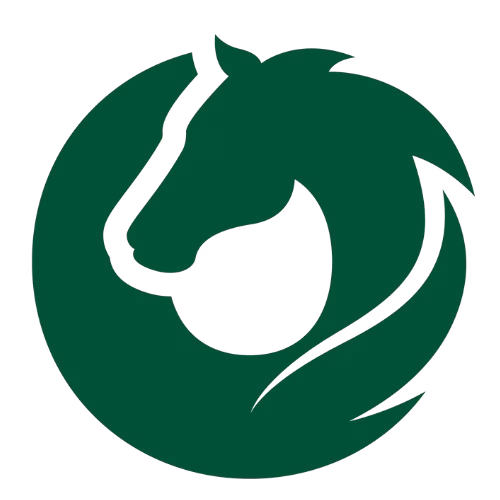
Welcome to Sell Your Horse, a platform dedicated to connecting equestrians with each other, making horse buying and selling easier and more transparent. With a focus on technology and community-building. My mission is to help like-minded equestrians find the right connections, share knowledge, and build a trusted equine network.







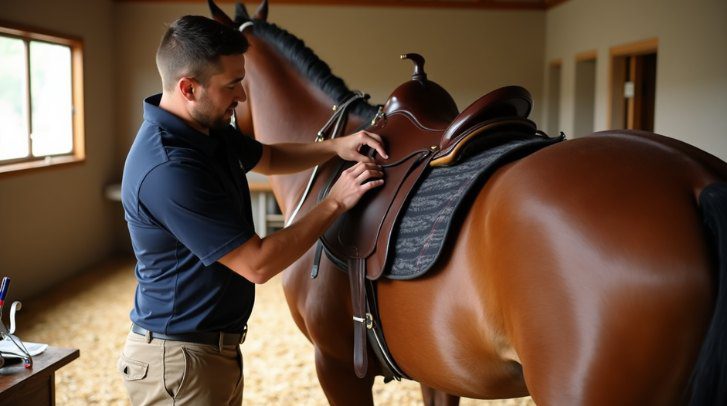
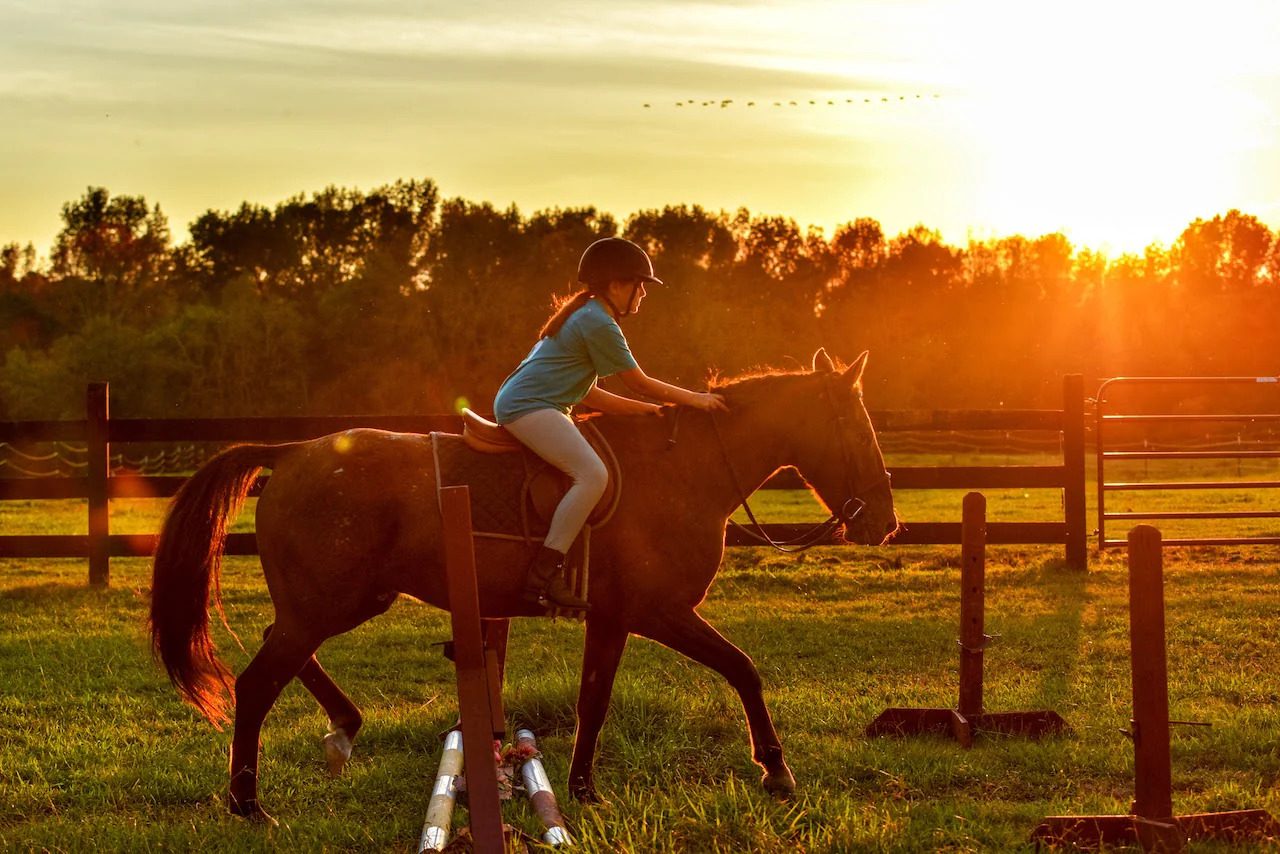
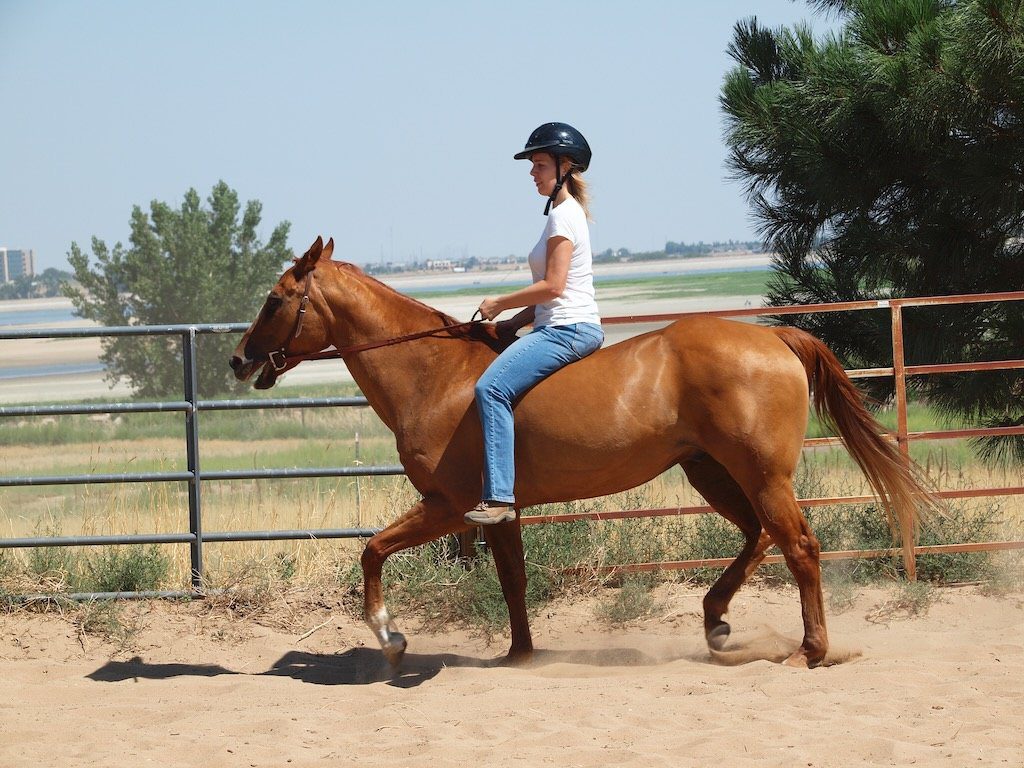
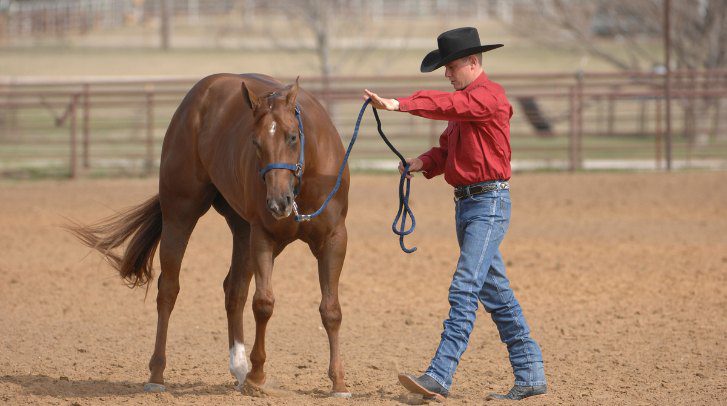
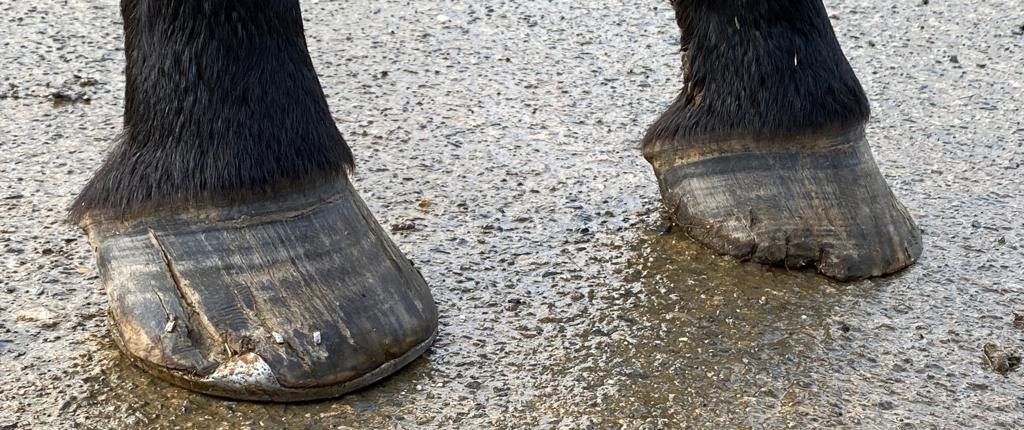
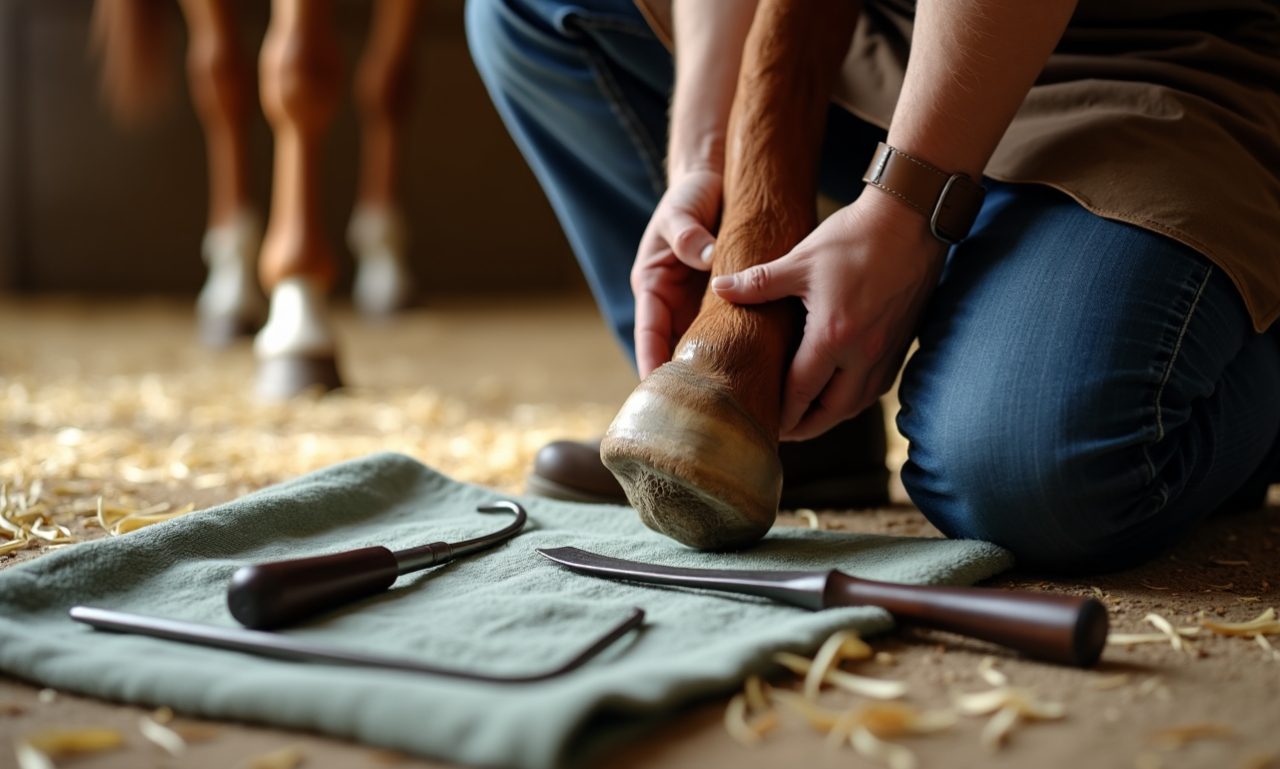
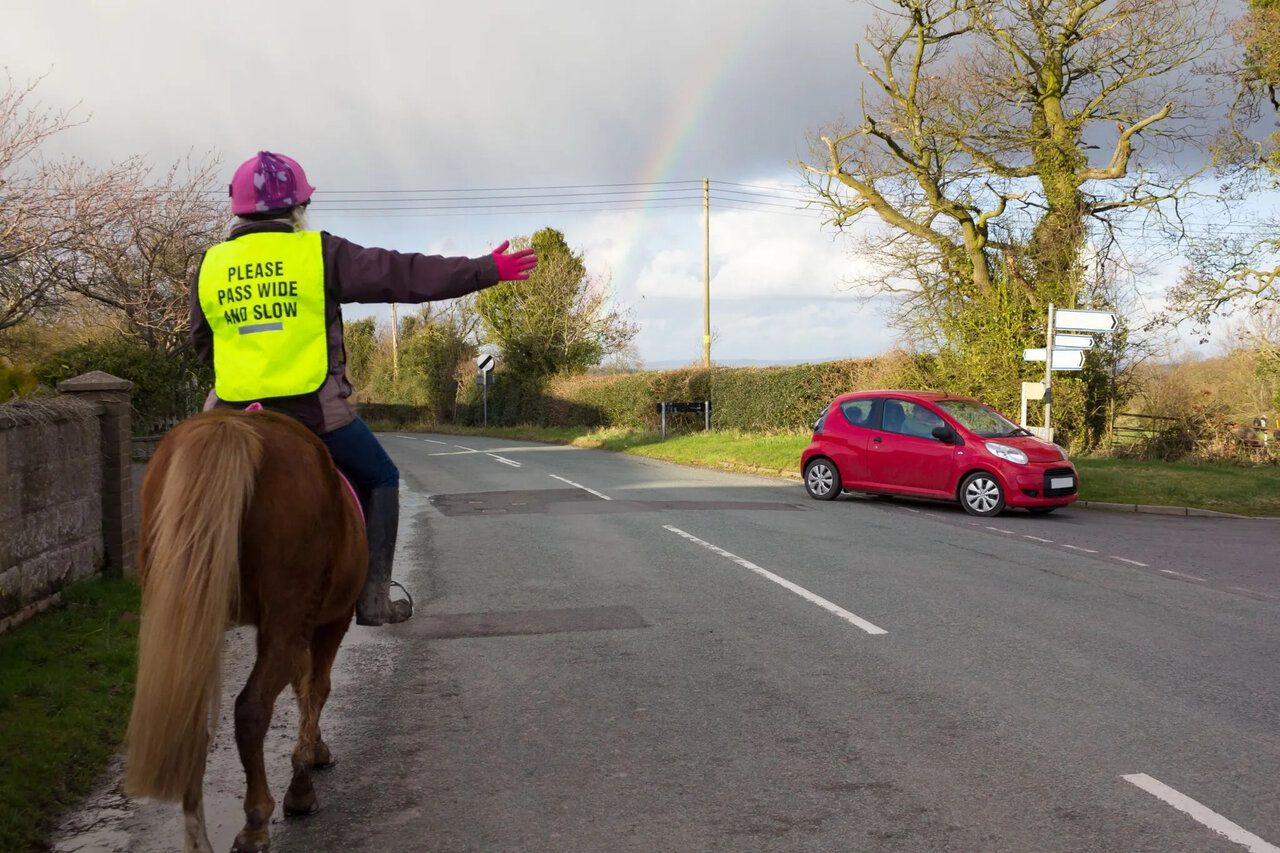
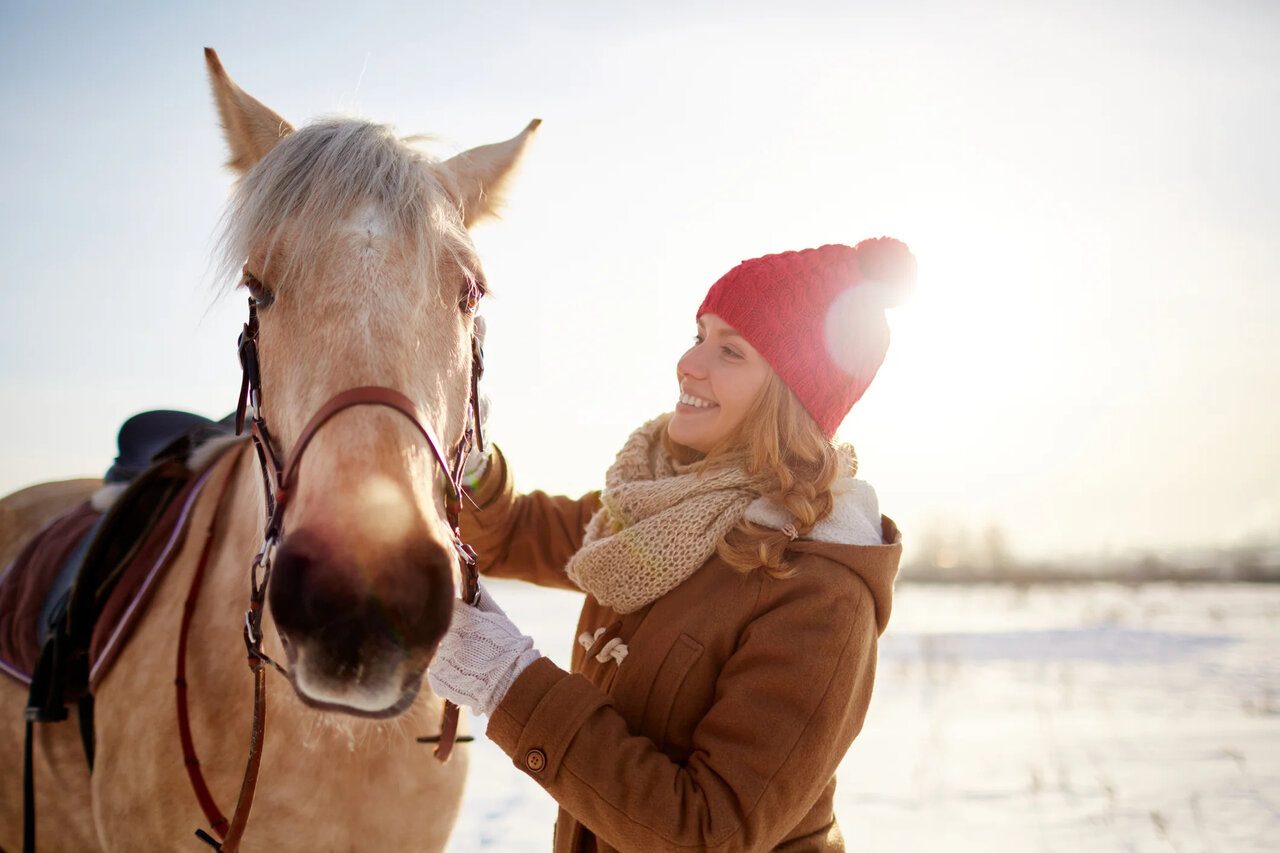
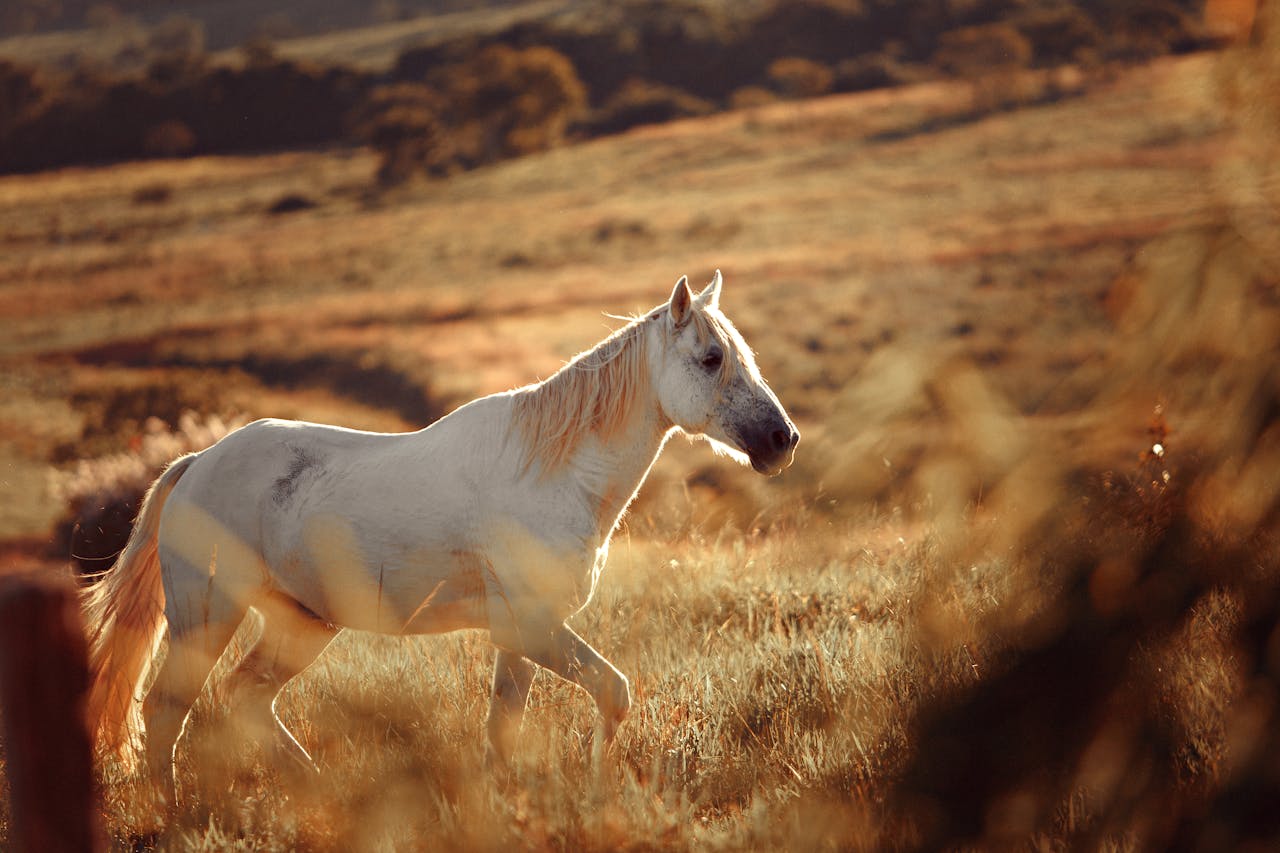
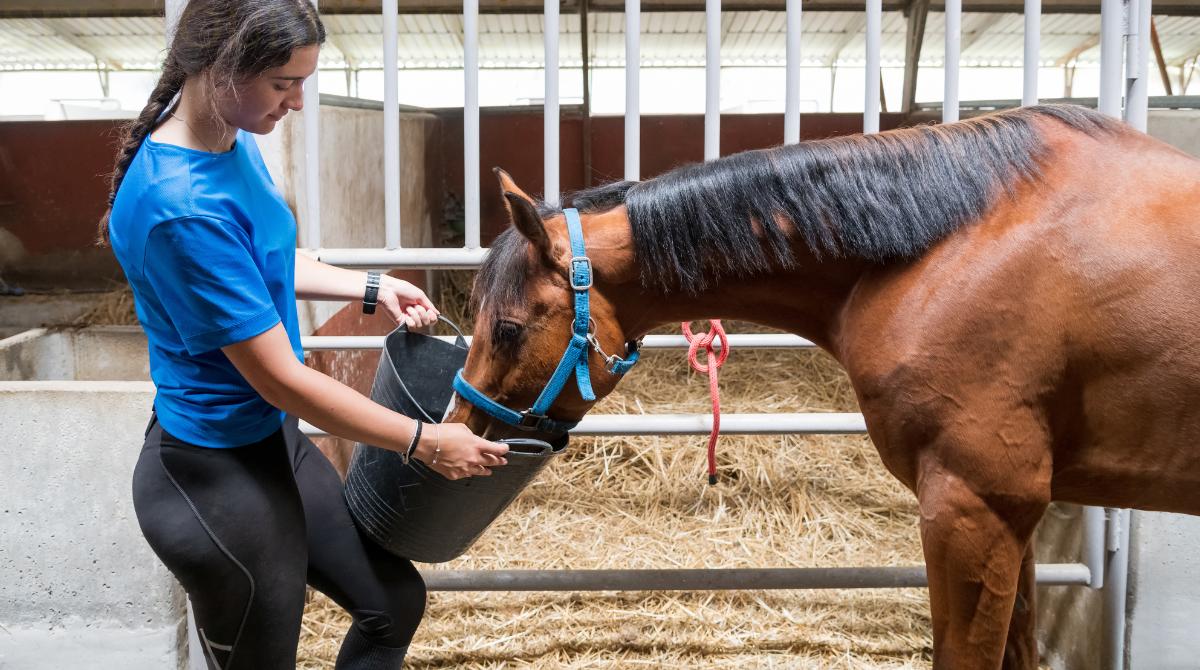
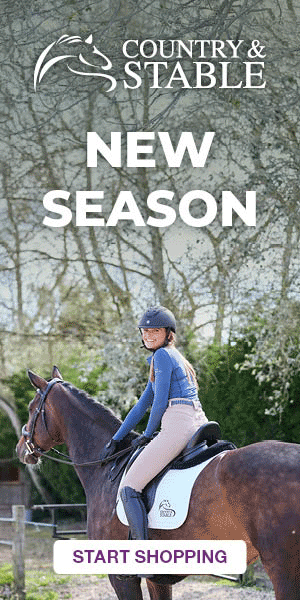
 Featured Listings
Featured Listings
 Adverts
Adverts
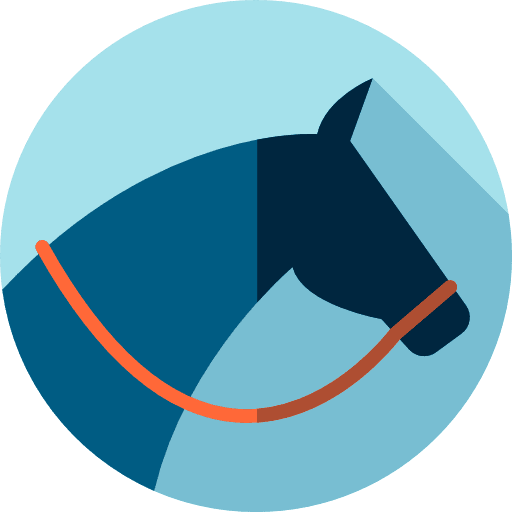 Horses For Sale
Horses For Sale
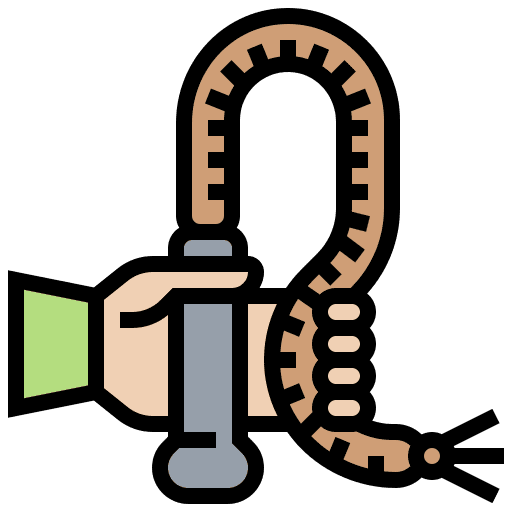 Tack & Equipment
Tack & Equipment
 Horseboxes & Trailers
Horseboxes & Trailers
 Equine Properties
Equine Properties
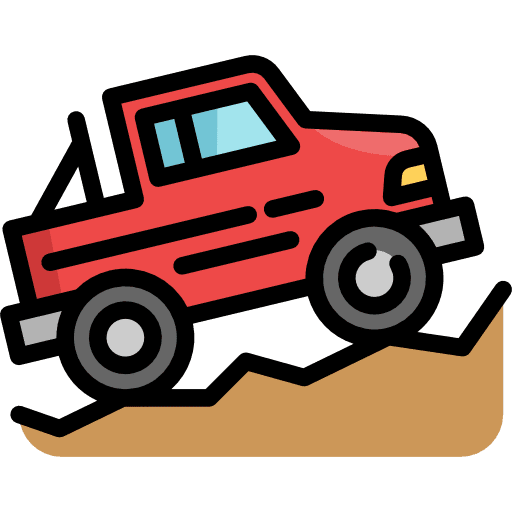 4x4 Vehicles
4x4 Vehicles
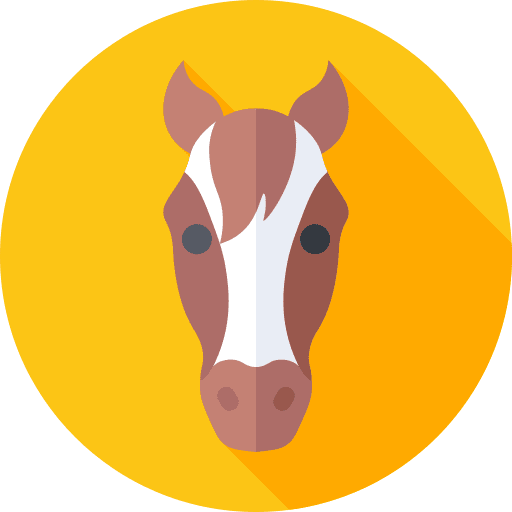 Horses For Loan
Horses For Loan
 Horses Wanted
Horses Wanted
 Stallions at Stud
Stallions at Stud
 Equine Services
Equine Services
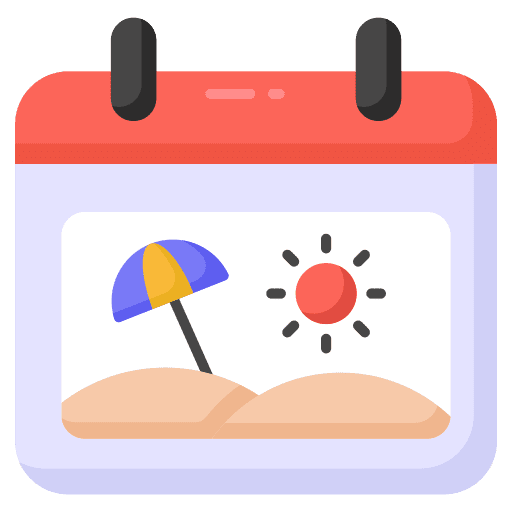 Riding Holidays
Riding Holidays
